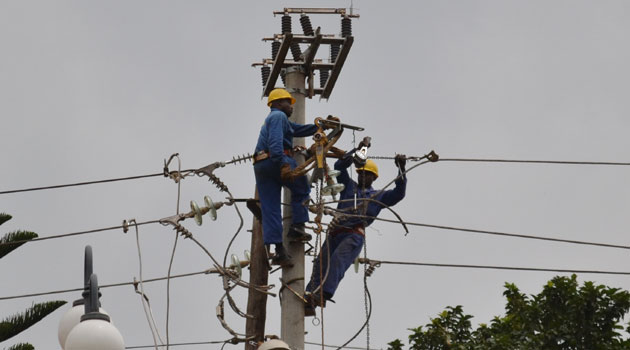Kenya Power has partnered with the Kenya Association of Manufacturers (KAM) to carry out regular energy audits among manufacturers to maximise production efficiency.
The move is meant to encourage growth of the manufacturing sector by lowering the cost of manufacturing in a bid to reduce the price of locally manufactured products and encourage more investments in the sector.
In addition to the energy audits, Kenya Power has also committed to provide least cost energy to industries through optimizing the energy mix and investing in expanding and strengthening of the distribution network to improve the quality and reliability of power supply.
“The Company recognizes efforts made by KAM in championing energy efficiency initiatives among its members and we are keen on partnering in keeping costs low. We aim at providing least cost energy to our industries by deferring non-effective commitments for intermittent renewables and introduce flexible generation in the mix,” said Kenya Power’s Managing Director & CEO Dr. Ken Tarus.
Dr. Tarus was speaking at the Kenya Sustainable Energy Day CEO’s forum organised by KAM ahead of the Energy Management Awards.
In the last few years, the distribution network has expanded in size and capacity and is currently operating 79,001 kilometres of high and medium voltage lines. Similarly, the length of the distribution lines has increased from 110,778 kilometres in 2015 to the current 148,724 kilometres while the capacity of distribution substations has grown from 5,878MVA in 2013 to 9,203MVA as at the end of the last financial year.
Kenya Power is currently undertaking the KShs.13 billion Nairobi Underground Cabling project which is aimed at improving power supply around the city and its environs. The project involves installation of underground cables and construction of a substation at the city centre that will serve customers around Industrial area and adjacent areas.
The Company has also upgraded 36 substations and installed smart meters to large power customers at a cost of $562 million funded by Kenya Power and the World Bank under the Kenya Electricity Modernization Project (KEMP), among other projects.
RELATED; Kenya Power cracks down on illegal connections in Tassia Estate – Nairobi



